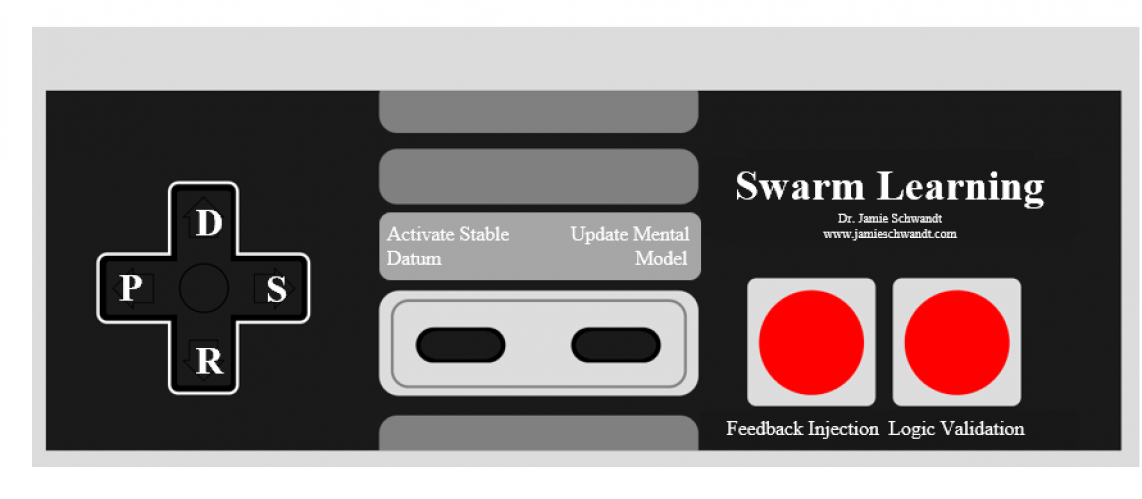https://thort.space/458237003/invite_code/o-I6XHsO_aiPKjHmzDtqMn
How have strategies evolved?
Strategos evolved starting with planning of a military campaign. Generals often logged their experiences and wisdom to improve their army’s propects in future battles. This motivated leaders to further training and obtain a competitive edge. As the industrial revolution progressed many companies started getting to the size where coordination and direction need to be focused. Strategic management has become widely accepted and widespread in business schools and par of leadership training. The nature of strategy remains very complex but accepted and apart of the future.
What is Strategic Management?
Strategic Management is the creation, implementation, and overall direction for a firm. Internal and external management functions help to facilitate the development, implementation, and monitoring of strategy within an organization.
What is Strategy?
This is the formula for a business to compete and collaborate, set goals, and establish policies to carry out those goals and achieve the organizational mission.
What are the characteristics of strategy?
1.) Concerns both organizations and the environment. 2.) Is complex. 3.) Affects the welfare of the organization. 4.) Involves issues of content and process. 5.) Is not purely deliberate. 6.) Exists on different levels. 7.) Involves various thought processes. 8.) Involves the allocation of resources. 9.) Should be mission based.
Describe the Strategic Process.
Strategy is accomplished when direction is formulated and crafting direction eventually evolves into goals and objectives. Strategies require assigning responsibilities, assignments, expected outcomes, and follow-through. Poor implementation and inadequate follow-up will render any strategic planning futile. This needs to involve all the right people, and strategic planning should consider a board with in the company that represents the community and has responsibility to assure that management actions and directions align with its mission and vision.
What is the difference between Vision and Mission?
Vision: This has a focus upon the future, (5-10 years), and sets goals/objectives the company would like to obtain throughout the years ahead. Shaping the company into what they want to become, and these must also be realistic.
Mission: This is the beginning point for strategic direction and allows the company to realign in future moments of change. Often is considered the companies primary purpose or function. It can be a reminder to all employee’s why they do what they do and re-focus in times of hardship.
What are the components of a business model?
Customer Value, Inputs, Processes, Profitability
What is the hospital business model?
Hospitals must continue to adapt their business model, and consider customer value, inputs, processes, and revenue generation, to compete more effectively. This is why more hospitals are including outpatient clinics, emergency or urgent care, and expanded product lines.
Explain the elements of evaluating an organizational environment.
Existing and projected environments must be understood, for they are the basis of our assumptions and impact the subsequent allocation of resources and strategic direction. External environment consists of technological innovations, changing customer demands, governmental regulations, referral sources, consumer perceptions of their organization, capacity of competitors, and price sensitivity for different services and how these may change over-time. If anyone of these factors changes they can make a drastic change to how healthcare functions.
Describe the Five Forces Framework.
The forces are five common threats from the environment. Are used to understand the competitive force in industries. (1) the threat of new entrants: (2) the threat of substitutes: (3) the bargaining power of supplier: (4) the bargaining power of buyers: and (5) the threat of rivalry. A company can use weaknesses in any of these categories to gain a competitive edge in the industry.
What is a SWOT Analysis?
SWOT – Strengths, Weaknesses, Opportunities, and Threats. This is used to evaluate organizational capabilities and to enhance organizational effectiveness and strategic direction. It also allows for members of the organization to assess all aspects of the organization and through this exercise organizations may identify areas where they can grow through the agreed upon opportunities and mitigate sources of major threats.
What is a value chain?
This assumes a systems approach where there are two subsystems: service delivery and support activities. The service delivery subsystem is further divided into pre service, point of service, and post service, illustrating where the service is delivered.
Support activities consist of organizational infrastructure, culture, resources, and technology.
The subsystems support service delivery system by ensuring the availability of an inviting and supportive environment, as well as a service oriented culture, sufficient resources and financing, a highly qualified staff, and appropriate information technology.

Great job!